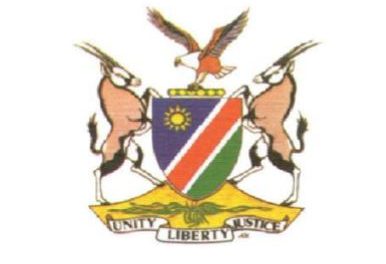
Credit extension first tangible sign of upturn
A small ray of light lit the otherwise gloomy economic environment when the June figure for Private Sector Credit Extension was released by the Bank of Namibia at the end of July. The latest PSCE figure shows that credit extension has improved slightly during June, following three months of decline, and a general declining trend since September last year.
As you would recall, September 2015 was the eventful month when it transpired the government’s finances are in a crunch. It was the result of widening spreads on the Namibian debt instruments listed on the Johannesburg Securities Exchange, compared to their benchmark South African counterparts. It was also shortly before we were saved, so to speak, by the US$750 million Eurobond listed in London. This bond went a long way to provide breathing space and to restore the declining foreign reserves.
During a high-level discussion this week, it transpired that the general economy is suffering as a result of the serious decline in government spending. This is to be expected since the government contributes roughly 44% of GDP and there is a myriad of ministries, departments, agencies and parastatals that are all dependent on national budget allocations before they can balance their own books.
So when the government, develops a sneeze, almost half of the country goes into convulsions. This we have seen and experienced during the closing months of last year, and up to May this year.
Given the absence of much coincident statistics, one needs to dig deeper than just anecdotal inferences on the struggling economy. These cues I picked up from the State of the Nation address earlier this year, from the Minister of Finance’s economic overview, and most recently, from the Bank of Namibia’s economic overview. All conveyed only one message, We have to tighten our belts.
It is no big surprise that government spending has developed a serious wobble. Just looking at the macro-economic side and at the figures published by the Ministry of Finance in the voluminous documentation that support the budget, it is clear that expenditure for 2016 will remain basically on the same level as for 2015. However, the sudden closing of the tap was unexpected, and I suspect, unplanned, but its effect reverberated through the entire economy.
Particularly distressing was when official reports started noting a decline in construction activity, but this was mostly attributed to the water shortage. But that is fiction, the decline in construction is a natural result of us reaching the end of a major investment cycle, stimulated by additional (borrowed) capital, until all the projects that could be floated rationally, were actually in progress. This required massive amounts of money and it all came from the capital market, a sweet elixir whose dangers I highlighted at the middle of last year. Ultimately, the investment chickens came home to roost, and the results was a financial drought on top of nature’s drought. A perfect storm, in a sense.
When private households borrow money, it is because their expenditure exceeds their income. This rapidly came to a halt when interest rates started rising. When companies borrow money, it is because they have taken a positive future view and regard the new loans as investments that will drive future returns. This is why I am so excited about the small move in PSCE.
The largest slice was taken up by commercial entities in the form of mortgages. This means that either they are using property equity to refinance their current operations, or they are borrowing to expand their existing capacity.
Only the banks that extend these loans know which is the case, but I am fairly certain that were there an out-of-proportion risk, the banks would be quick to dampen credit. The PSCE improvement is not big, only from just above 11% (May) to just above 12% (June) but this slight move is corroborated by other signals I have picked up since June.
It certainly seems that holding the repo rate steady has finally percolated through to household level, and there are other indications that it has also benefit businesses. In the absence of a proper local business sentiment index, I will not be amazed if anecdotal evidence supports a marked improvement in private sector sentiment.
Of course, this is closely tied to perceived government spending, but if I am correct in my observation, the second half of 2016 should see considerable improvement in liquidity. What else can one expect after eight month of severely constrained spending and investment? The July PSCE figure should indicate the temperature of the water.











































